Taking Mini's augmented reality glasses for a test drive
Move over Google Glass, there's a new prototype in town
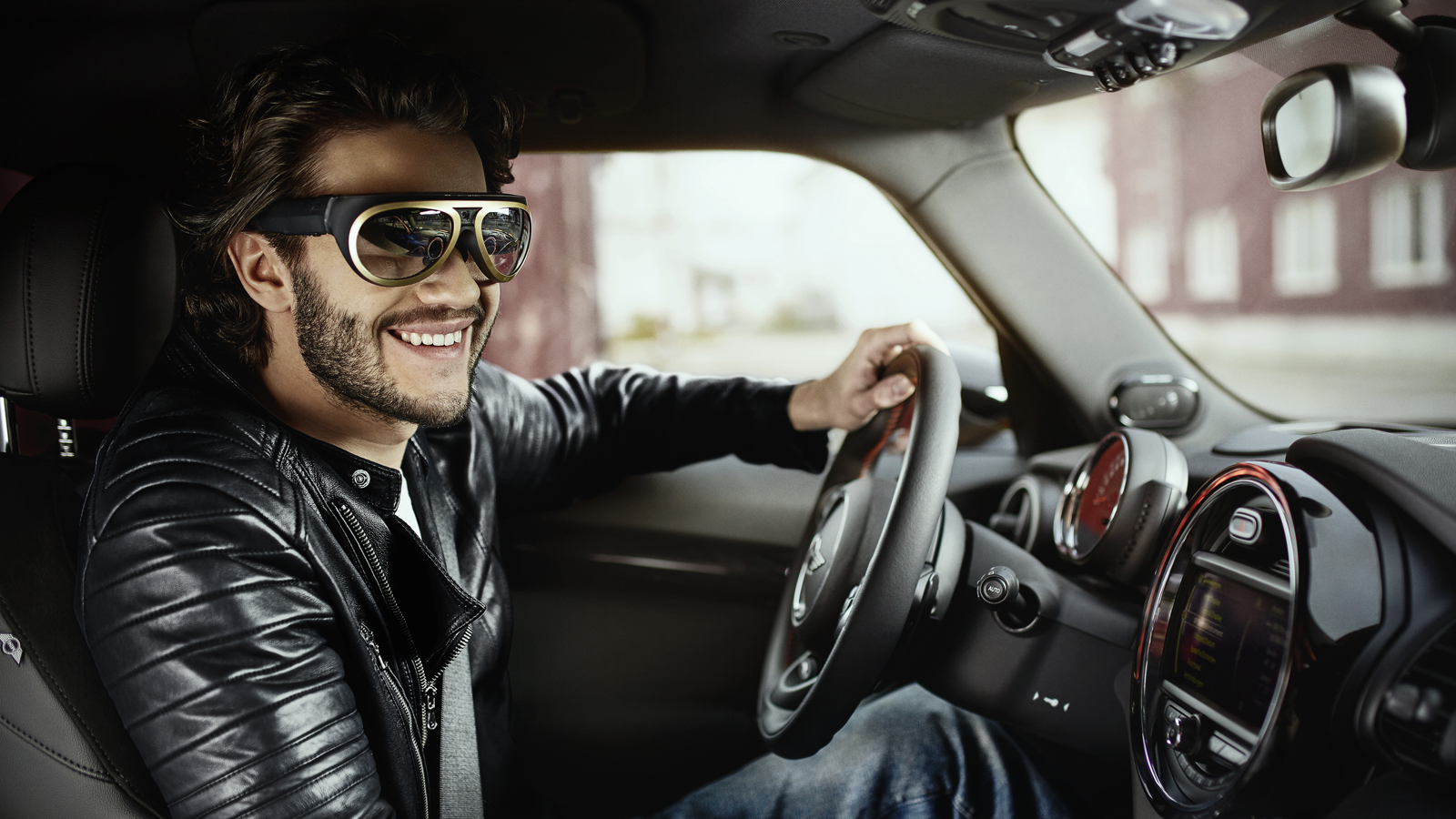
In a surprising move, Mini has teamed up with Qualcomm to create augmented reality glasses, showing that even though Google has gone back to the drawing board with Google Glass, augmented reality isn't out for the count.
Dubbed Mini Augmented Vision, the specs are a working prototype with no pricing or release date attached for consumers.
They were created to blend fashion with the functionality of driving using augmented reality assistance. I tried on a pair during an event in San Francisco, and took a spin with them on a driving simulation to see how they really work.
Riding in the car with AR
I was told during my demo that since the glasses were still a work in progress, I had to "wear them like a hat," meaning the arms of the glasses had to go over my head instead of directly on my face.
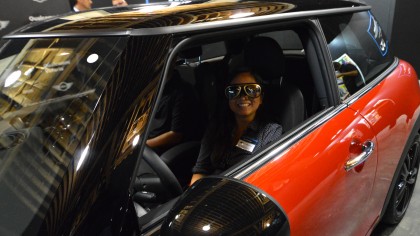
Certain calibrations were also needed before the real demo began so the glasses would work properly with my eyes. An insert for prescription lenses was also available for people who need them, which was what I ended up with. After the initial awkward method of putting them on, I found the futuristic glasses to be fairly comfortable and lightweight despite their bulky frame.
Though cartoonish and Elvis-like, Mini Augmented Vision isn't any sillier looking than other AR glasses out there. They could even pass for over-sized aviator sunglasses. Robert Richter, BMW senior technology engineer for the project, told me that if a second generation is developed, the glasses will take on a slimmer design.
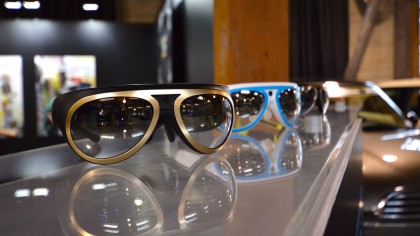
With the outside designed largely by the folks at BMW [which owns Mini], the innards were taken care of by Qualcomm. ODG (Osterhout Design Group), a leading manufacturer of AR eyewear, also provided its optical and electronic technology, development and manufacturing support. The Mini AV glasses are packed with 2GB of RAM and a Qualcomm 805 Snapdragon processor running off Android 4.4 and Vuforia, Qualcomm's mobile augmented reality software platform that was released last year.
Get daily insight, inspiration and deals in your inbox
Sign up for breaking news, reviews, opinion, top tech deals, and more.
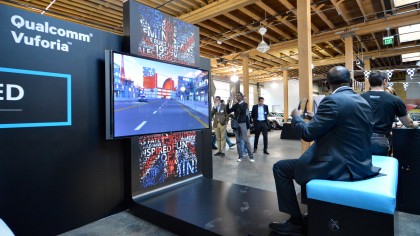
Using Wi-Fi, Bluetooth and GPS sensors and a 5MP camera housed in the front of the glasses, a head-up display overlays information stereoscopically on a 720p (1280 x 720p), 16x9 screen, with the field of view reaching only 28 degrees.
The glasses hook up to the Mini's connected car system and your phone to receive information via the sensors, which is then feed directly to your eyeballs while driving. You can have directions, vehicle speed and even real-time street sign information displayed in front of you.
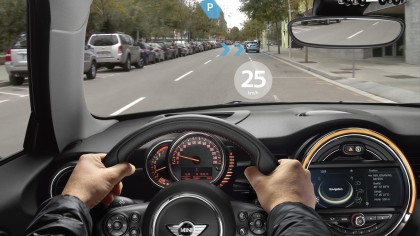
Directional arrows also pop up in front of you during what Mini and Qualcomm call "the first mile" and "the last mile," ensuring you reach your destination without issue. Essentially, a navigational display pops up from your current location to the vehicle or from the vehicle to the final destination.
Aside from the HUD, Mini was keen to show off the glass' "X-Ray Vision" feature. By syncing up to the car's external cameras, you're able to see through the car from the glasses in case you need to check on an obstruction or maneuver into a parking spot.
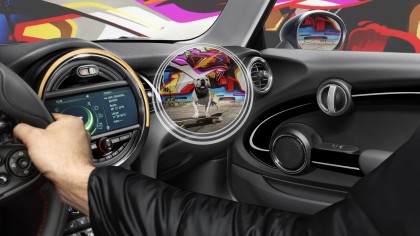
"Safety is our primary goal," Richter said when I asked how distracting AR would be coupled with driving. The companies created minimalistic icons to make sure that information is presented at the opportune moment. During my demo, an engineer also noted how the HUD shows snippets of info centered in the display so "you can still have your eyes on the road in front of you while quickly scanning the info."
The future is unclear
According to Richter, the continued development of these AR glasses hangs on public reception. If there is general interest, it's likely Mini and Qualcomm will pursue a second version. He noted the companies have already learned much about designing and that a sleeker device could definitely be made.
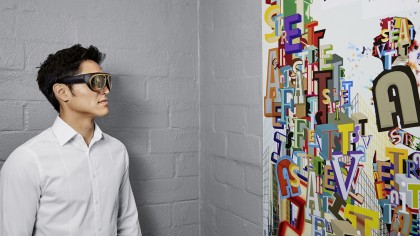
"BMW is interested in keeping the Mini connected car platform open to third parties," Richter said. So if we don't see a second-gen of glasses, it will remain a stepping stone for AR integration with Mini Coopers, showing that AR will continue to be an area of focus for the car company.
Jay Wright, Qualcomm vice president of Vuforia, reiterated this notion: "The heads up display for your life, starts as a heads up display for your car."
If Mini and Qualcomm can make Augmented Vision something people will actually want to wear while maintaining decent battery life and a good display, then Wright is on to something.
Mini AV doesn't have the capacity of the Microsoft HoloLens but it seems more practical than Google Glass. My time with the Mini glasses was short, but so far, the progress the companies have made with augmented reality is impressive and feels like a step in the right direction.